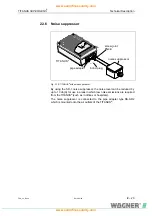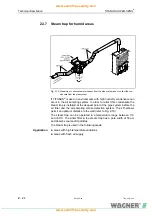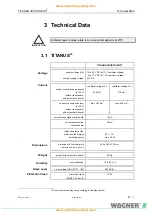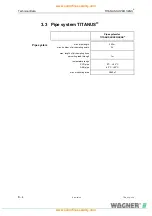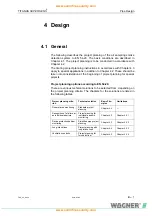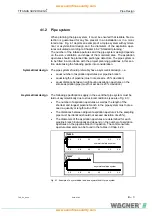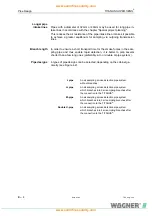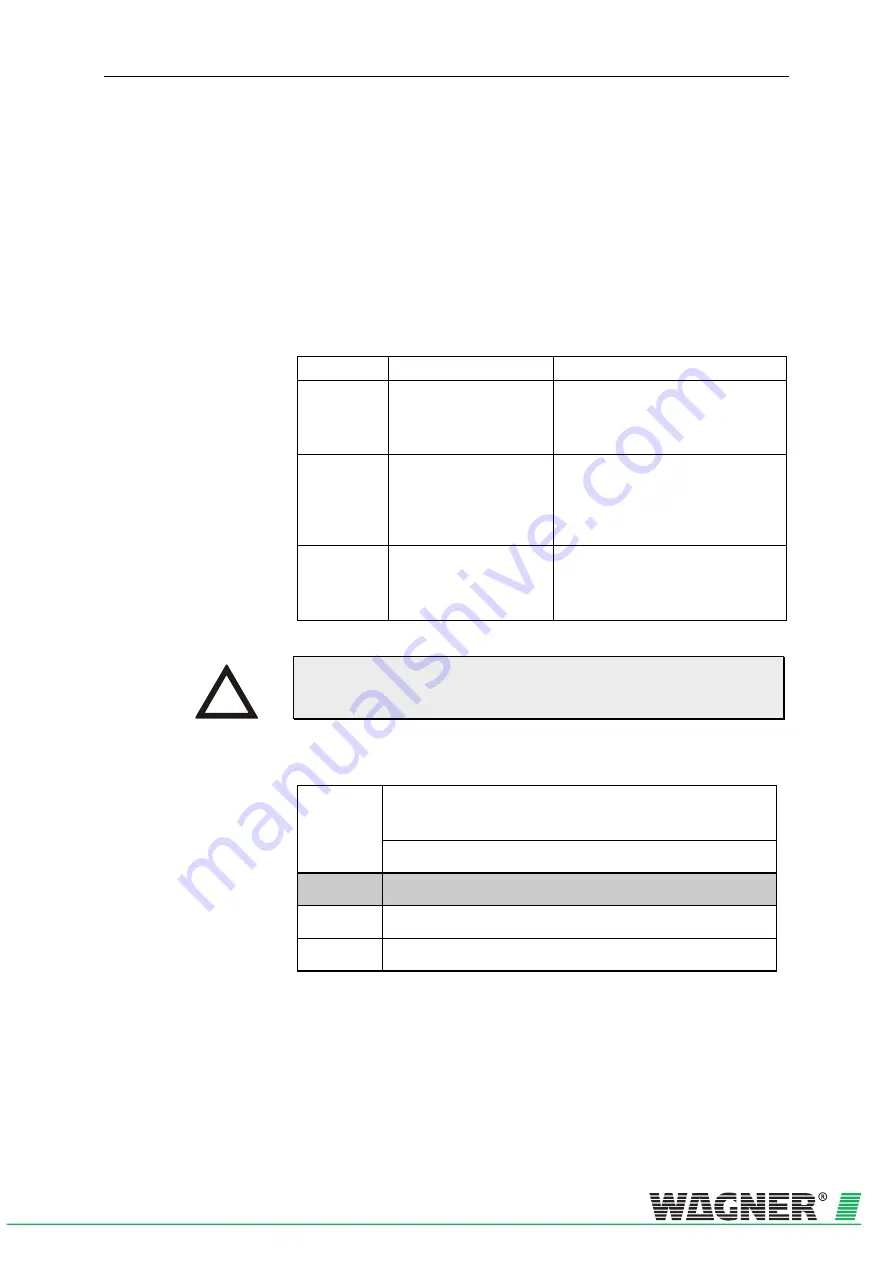
TITANUS
SUPER·SENS
®
Pipe
Design
TSS_04_A-en-e
Data: 02/09
4 –
9
4.1.4
Sensitivity
According to EN 54-20, the sensitivity of a air sampling smoke detection
system can be divided into particular fire sensitivity classes. These sensi-
tivity classes describe particular example applications in which the sys-
tems can be used. Permissible system project planning can be deter-
mined for each classification according to Chapter 4.2.
Air sampling smoke detection systems with a higher sensitivity class ac-
cording to EN 54-20 also meet the requirements of the lower classes.
Class
Description Example
application
A
Air sampling smoke de-
tector with very high
sensitivity
Very early detection:
Highly diluted smoke in air
conditioned IT areas
B
Air sampling smoke de-
tector with increased
sensitivity
Early detection:
Diluted smoke in conventional
cooled IT areas.
C
Air sampling smoke de-
tector with standard
sensitivity
Standard detection:
Fire detection with the benefits of air
sampling smoke detection systems
The fire sensitivity classes A, B and C can be achieved with each de-
tector module available, depending on the number of aspiration aper-
tures.
The table shows the selectable sensitivity levels of the TITANUS
®
:
Activation sensitivity
(smoke level 10,
fire alarm
)
Level I
0.2%
light obscuration/m
Level II
0.1%
light obscuration/m
(Standard)
Level III
0.05%
light obscuration/m
Level IV
0.025%
light obscuration/m
Project planning for the monitored surface is always carried out accord-
ing to national specifications for point-shaped smoke detectors.
INSTRUCTION

